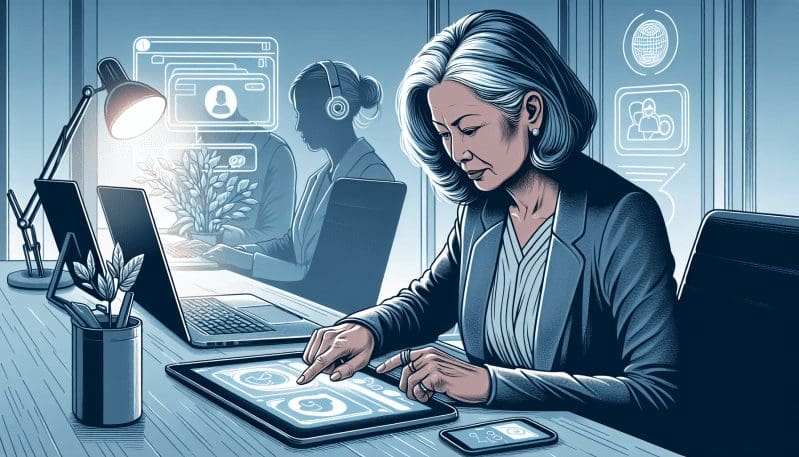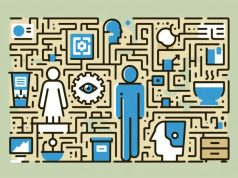As an Aging Workforce Expert, I have witnessed first-hand the significant impact that rapid technological advancements have on older workers. With the rapid pace of technological innovation, it is crucial for organizations to understand the challenges and opportunities that arise when incorporating new technologies into the workplace.
One of the main challenges faced by older workers is the fear of being left behind or becoming obsolete in an increasingly digital world. Many older employees have spent their entire careers in a different technological era and may struggle to adapt to the fast-paced, tech-driven work environments of today.
However, it is important to note that older workers also bring valuable experience, wisdom, and loyalty to the table. They often have a deep understanding of the industry and strong interpersonal skills that can be enhanced through technology.
To ensure that older workers receive proper training and support to adapt to technological changes, organizations need to invest in comprehensive training programs that address their unique needs. These programs should be designed to be inclusive, accessible, and tailored to the individual learning styles of older employees.
Additionally, organizations can leverage technology to empower and enhance the productivity of older employees. For example, the use of user-friendly, intuitive software and tools can help older workers overcome any technological barriers they may face. By providing accessible and user-friendly technology solutions, organizations can create a more inclusive and supportive work environment for their older employees.
Lifelong learning and upskilling programs are also vital in equipping older workers with the necessary digital skills. Organizations should offer ongoing training opportunities that enable older workers to continuously update their skills and stay relevant in today’s tech-driven workplace. By investing in lifelong learning, organizations can ensure that their older employees remain valuable contributors to the workforce.
In conclusion, while the rapid pace of technological advancements presents challenges for older workers, it also opens up new opportunities for them to thrive in the workplace. With proper training, support, and a commitment to lifelong learning, organizations can harness the unique skills and experiences of their older workforce and empower them to adapt to and excel in a technology-driven world.




























